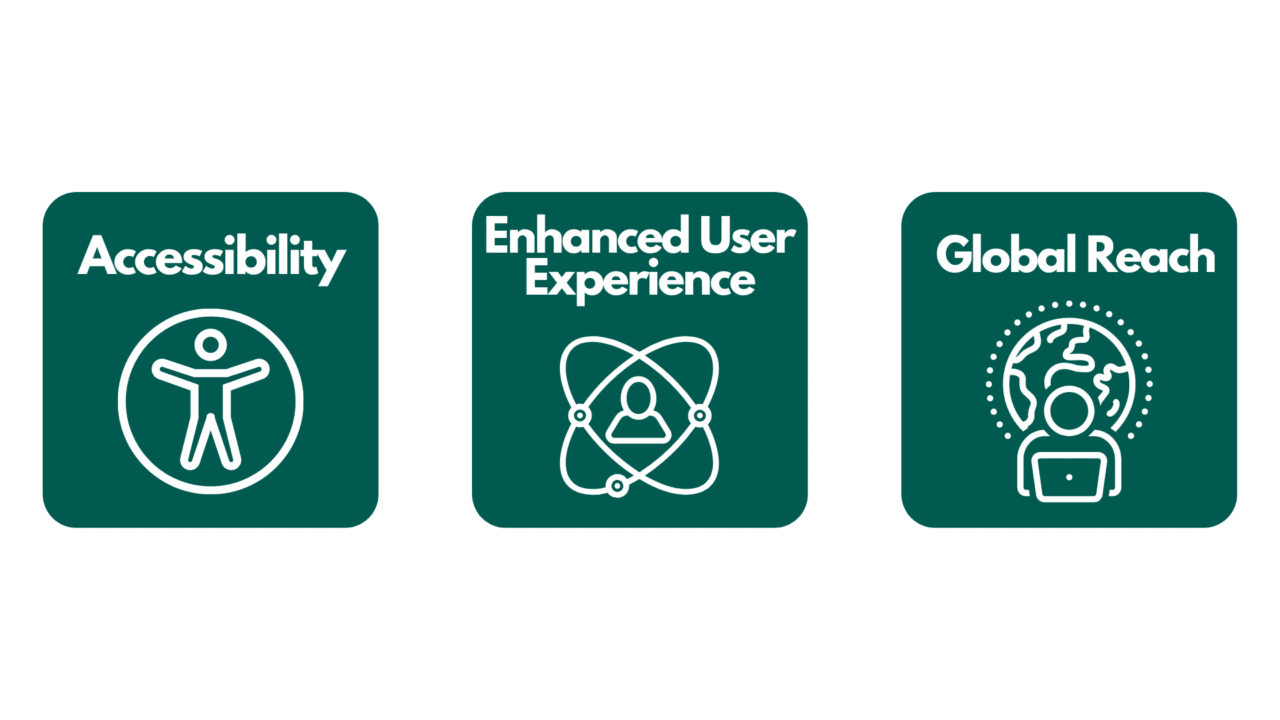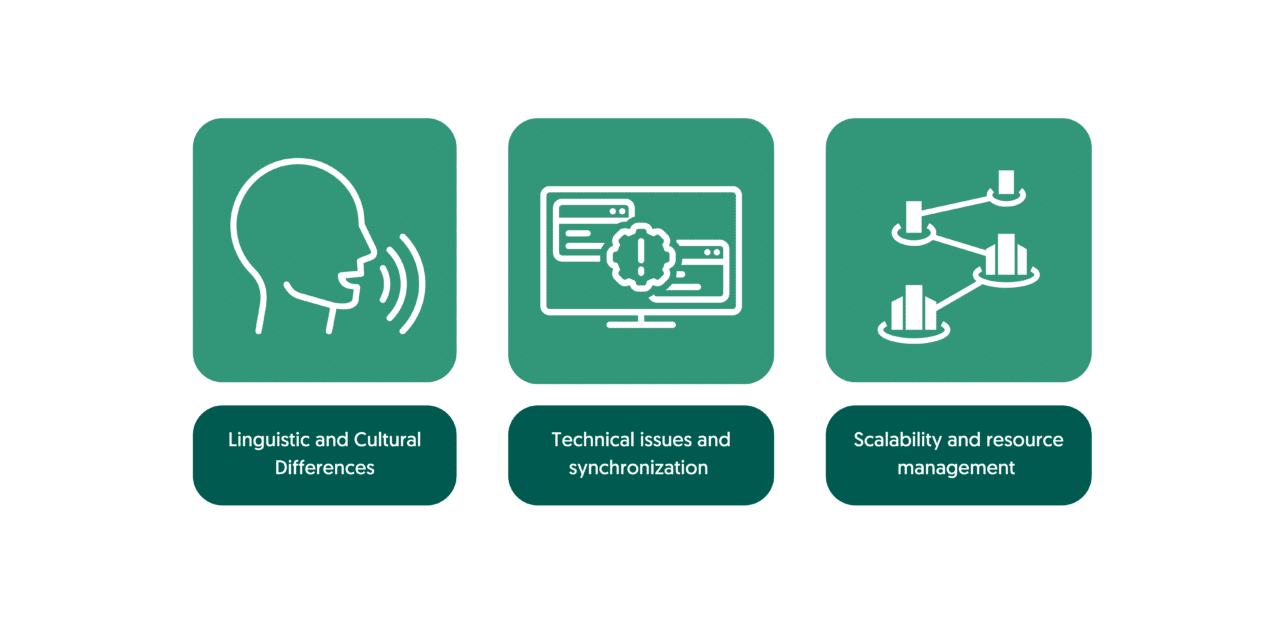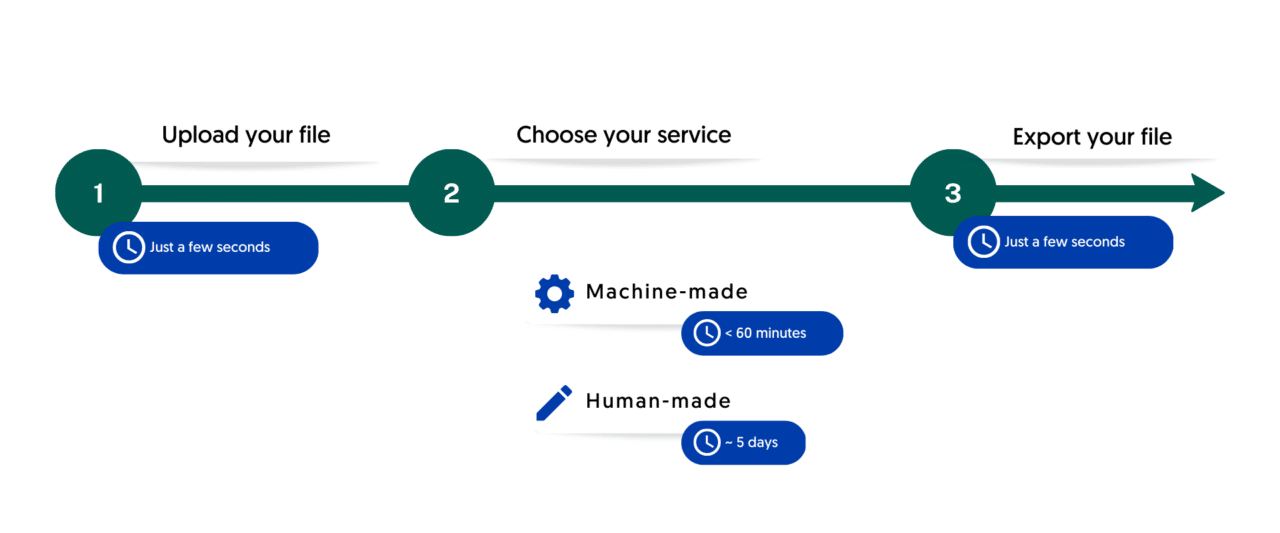In today’s digital age, Multichannel Networks (MCNs) have emerged as an influential force in the content distribution landscape. MCNs, which manage multiple YouTube channels and offer a range of services to creators, play a pivotal role in shaping our online viewing experiences. Among the many tools at their disposal, one stands out for its ability to expand content reach and improve viewer engagement – subtitling. By providing a textual version of the audio content, subtitles make videos accessible to a broader audience, break down language barriers, and even boost SEO. This blog post will delve into the role of subtitling in an MCN environment, highlighting its importance and the benefits it offers for both creators and viewers.
Table of content
Overview of what a Multichannel Network (MCN) is
An MCN is an organization that works with multiple channels and creators on platforms like YouTube, providing services ranging from audience development and content programming to monetization and digital rights management. These networks offer creators the opportunity to reach a wider audience, collaborate with other content creators, and generate revenue more efficiently.
Subtitling is an essential aspect of MCNs that is often underestimated. As a simple but powerful tool, subtitles serve as a bridge to overcome language barriers, making content accessible to viewers who speak different languages or are deaf or hard of hearing. Moreover, they enhance the viewer’s experience by ensuring that the message is conveyed accurately, even in noisy environments or when the sound is muted.
The benefits of using subtitles in an MCN environment are multifold. From amplifying the reach of content across different languages and regions to boosting viewer engagement and comprehension, subtitles can substantially enhance the value that MCNs deliver to their creators and audiences. Furthermore, they promote inclusivity, ensuring that content is accessible and enjoyable for everyone, regardless of language or hearing abilities.

Understanding Multichannel Networks
Before we delve further into the significance of subtitling in Multichannel Networks, it’s crucial to understand what MCNs are and how they operate.
At its core, an MCN is an organization that affiliates with multiple content creators across platforms like YouTube. These networks work with channel owners, offering a range of services including but not limited to digital rights management, monetization, audience development, and content programming. They essentially act as intermediaries between video platforms and content creators, allowing creators to focus on what they do best – creating content, while the MCN handles distribution, promotion, and monetization.
MCNs play a vital role in content distribution and promotion. They use their extensive networks and expertise in digital content strategy to help creators reach their target audience, promote their content, and boost their visibility on the platform. By providing tools, resources, and analytics, MCNs empower creators to grow their channels and engage their audiences more effectively.
In the ever-evolving digital content landscape, the growth and significance of MCNs can’t be overstated. With the exponential rise in online video consumption, MCNs have emerged as a crucial player in the global digital content industry. They are not just facilitating content distribution on a vast scale, but are also shaping the future of content creation and consumption by fostering diverse and vibrant creator communities.
In essence, MCNs serve as a powerful engine for the global digital content industry, driving growth, innovation, and inclusivity. And within this dynamic ecosystem, tools like subtitling play a pivotal role, which we will explore in the next section.
The Importance of Subtitling in MCNs
As we navigate deeper into the world of Multichannel Networks, one element stands out as a game-changer—subtitling. But how exactly does subtitling elevate the game in the MCN environment? Let’s explore.
Firstly, subtitling is a key contributor to content accessibility. By providing a written version of the spoken content in videos, subtitling opens the door to those who are deaf or hard of hearing. It also aids viewers who may have difficulty understanding the spoken language or dialect, those in noisy environments, or those who prefer to consume content without sound. Subtitling ensures that no potential viewer is left behind due to language or auditory challenges.
Secondly, subtitling plays a crucial role in reaching a global audience. As digital content transcends borders, it invariably encounters language barriers. Subtitles, especially when translated into multiple languages, dismantle these barriers, making the content comprehensible to non-native speakers. This expansion of reach is particularly significant for MCNs, which often host a diverse array of content aimed at an equally diverse global audience.
Lastly, subtitling enhances viewer engagement and content retention. When viewers watch subtitled content, they not only listen but also read, creating a dual sensory experience that can improve comprehension and recall. Furthermore, subtitled videos encourage viewer interactions like sharing, liking, and commenting, which can boost the video’s visibility and impact.
In essence, subtitling in MCNs acts as a linchpin, expanding accessibility, enabling global reach, and increasing viewer engagement and retention. These factors combine to optimize the viewing experience and maximize the content’s potential.
Challenges of Subtitling in a Multichannel Network Environment
Despite the undeniable benefits subtitling brings to MCNs, the journey isn’t without its challenges. Let’s explore some of the main hurdles that MCNs and content creators face in the realm of subtitling.

Linguistic and cultural differences
Linguistic and cultural differences often pose a significant challenge in subtitling. Translating content accurately while capturing the nuances, context, and humor can be a daunting task. Not only do subtitles have to be linguistically correct, but they must also respect cultural sensitivities to avoid offending viewers or misrepresenting the content. The challenge becomes even more profound when catering to a global audience with diverse languages and cultural backgrounds.
Technical issues and synchronization
They are common obstacles in the subtitling process. Ensuring that subtitles align perfectly with the audio and visual content is crucial for viewer experience. Mistimed subtitles can confuse viewers and detract from the viewing experience. Moreover, there may be technical limitations related to the platform, file formats, or even the devices viewers use to consume content.
Scalability and resource management
They represent substantial challenges, especially for large MCNs with thousands of videos requiring subtitles. Subtitling is a resource-intensive task that requires time, expertise, and often expensive software. Scaling up to provide subtitles for a large volume of content, potentially in multiple languages, can strain resources and slow down content distribution.
In spite of these challenges, the value of subtitling in MCNs is immense, and with the right strategies and tools in place, these hurdles can be effectively managed.
Effective Strategies for Subtitling in MCNs
Subtitling within MCNs can certainly be complex, but with the right strategies, it can become a powerful tool for expanding reach, boosting engagement, and promoting inclusivity. Let’s delve into some of the most effective strategies for subtitling within MCNs.
Best Practices for Language Localization and Cultural Adaptation
Language localization goes beyond mere translation—it involves adapting the content to suit the linguistic nuances, cultural context, and societal norms of the target audience. Therefore, it’s crucial to work with experienced translators who are not only proficient in the source and target languages but also well-versed in the cultures concerned.
One best practice is to avoid direct, word-for-word translations, which can often lose the original meaning or context. Instead, aim for conveying the message or idea in a way that resonates with the target culture. It’s also essential to be mindful of cultural sensitivities to avoid offending viewers or misrepresenting the content.
Tools and Technologies for Efficient Subtitling
There are various tools and technologies available that can streamline the subtitling process. For example, Amberscript is a powerful tool that uses advanced speech recognition technology to convert audio and video into text. With its ability to recognize multiple languages and dialects, it can be an invaluable asset for MCNs dealing with multilingual content.
Amberscript can also assist with timing and synchronization, ensuring that the subtitles align perfectly with the audio. While the platform provides impressive automated capabilities, it’s essential to remember that human oversight remains crucial to ensure accuracy, context, and cultural appropriateness.

In addition to standalone tools like Amberscript, there are also comprehensive subtitling platforms that allow for collaborative work. These platforms let multiple users work on the same project simultaneously, which can significantly speed up the process and improve efficiency, especially for large MCNs dealing with high volumes of content.

Get a customized offer
Request a quote for your subtitling needs
Future of Subtitling in MCNs
As we move further into the digital age, the landscape of subtitling is expected to evolve significantly. Here are a few key areas that will likely shape the future of subtitling within MCNs.
-
The Potential Impact of AI and Machine Learning on Subtitling
Artificial intelligence and machine learning are rapidly advancing, and their application in subtitling is promising. AI-powered tools like automatic speech recognition (ASR) have the potential to speed up the process of generating subtitles drastically. Machine learning, on the other hand, could be used to improve the accuracy of translations over time by learning from corrections and feedback. However, while these technologies can boost efficiency, they’ll likely work in tandem with human oversight for the foreseeable future to ensure linguistic accuracy and cultural sensitivity.
-
The Role of Community Contributions in Subtitling
Some platforms, like YouTube, have already started harnessing the power of their user communities to contribute to subtitling efforts. This approach can be particularly effective for MCNs, as they typically have large, diverse viewer bases that can provide translations for a wide range of languages. Community contributions can complement professional subtitling services, especially for less commonly spoken languages or for content with highly specialized terminology.
-
The Ongoing Importance of Professional Subtitling Services
Despite the rise of AI and the potential of community contributions, professional subtitling services will continue to play a crucial role in MCNs. The human touch remains vital in providing accurate translations, maintaining cultural appropriateness, and addressing complex linguistic nuances that machines and untrained individuals might miss. As a result, investing in professional subtitling services will likely remain a key strategy for MCNs looking to ensure the highest quality subtitles for their content.
While the future of subtitling in MCNs will undoubtedly be influenced by new technologies and approaches, the essence will remain the same: to make content accessible, engaging, and universally understood.
Subtitling in a Multichannel Network environment is much more than a mere translation task. It’s a powerful vehicle for amplifying reach, enhancing viewer engagement, and championing inclusivity across languages and cultures. The effective use of subtitling can open up opportunities for MCNs to connect on a deeper level with a global audience.
While the advent of AI and machine learning offers promising advancements in the field, the importance of professional subtitling services remains paramount. Moving forward, a balanced approach, which combines technological innovation, community involvement, and professional expertise, will be key to navigating the exciting future of subtitling in MCNs.
As MCNs continue to expand their horizons, embracing the power of effective subtitling will not just be an option—it will be a necessity for success in the global digital content landscape.